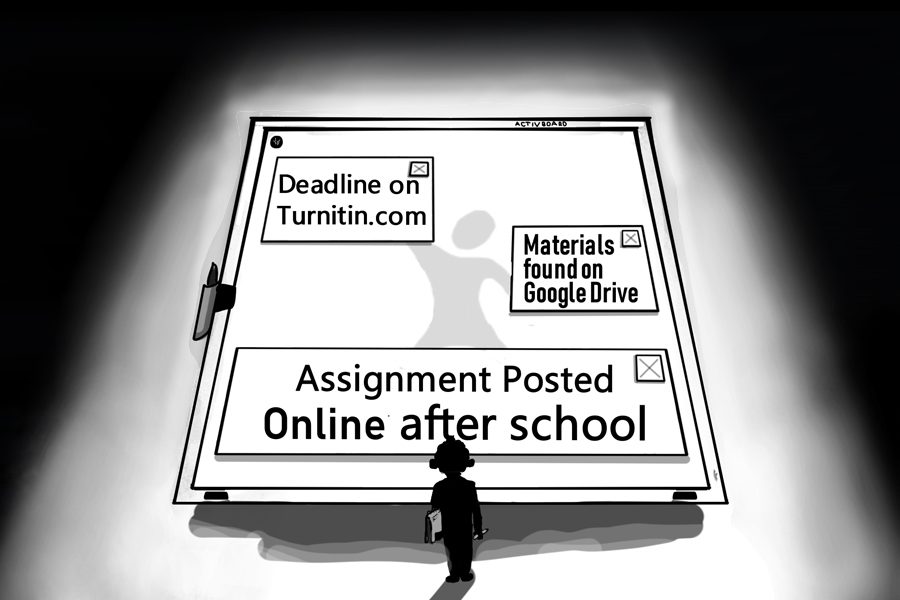According to the National Center for Education Statistics, 93 percent of households in Washington own a computer (including a smartphone), and 87 percent have access to the internet. This may seem like a satisfactory number, but keep in mind that 7 percent of Washington households is 198,000 households, many of which likely include children. Unfortunately, not all schools take this into account.
Despite the number of households that lack computers, a vast majority of homework requires technology at home. Many of the papers written at school require out-of-class work and research. The only options for a student without access to a personal computer are to stay after school, come in early or remain unable to complete the assignment. When an entire institution assumes that every student has a personal computer, it risks the success of the students who don’t fit that expectation. The purpose of a high school is to prepare children for a successful life. By not recognizing the financial inequity of the student body, Inglemoor is hindering the academic success of some of its students.
In addition to research, teachers have begun to rely on online platforms for homework. Websites like Turnitin require students to access the internet at home in order to turn in assignments on time. Other frequently-used platforms like Google Classroom and Edmodo, both of which are used to communicate class assignments, are only accessible online. A student without internet access may not see an assignment posted after school or be able to access the resources required to complete their tasks. Online dependence is an unnecessary disadvantage for part of the student body, but this could be solved by financing technological resources for students.
To combat deficient finances for school technology, Northshore School District’s Technology Levy was renewed this year. It asked voters to consider putting $62 million towards equal access to technology for all students. One of the district’s primary goals is to move towards 1:1 (one computer to one student) access to computers/tablets for all grades. The levy does not, however, suggest a goal to provide home computer access for the student body.
As a successful example of checked out technology, every student in the Lake Washington School District middle and high schools is issued a laptop computer in the fall. The students are held responsible for the specific laptop they are given and must return it at the end of the school year. In addition to laptops, the district also provides information on low-cost internet access of $9.95 a month plus tax with no extra fees for families with students.
The Lake Washington School District is a prime example of funds put successfully toward the needs of students. The numerous carts of iPads, Chromebooks or Macbooks only result in teachers’ frequent trips to the chiropractors. Instead of spending the recently granted funds on short-term solutions, Inglemoor should loan individual laptops to the student body. A personal laptop for every student guarantees their equal opportunity for success. It’s time to promote academic equality in our school environment.






















